In the world of investments, transparency and information are paramount. One essential document that provides investors with crucial information about a security or investment opportunity is the "prospectus." In this article, we will explore what a prospectus is, its purpose, and why it plays a vital role in the context of investment.
What is a Prospectus?
A prospectus is a formal legal document that provides detailed information about a security being offered for sale to the public. It serves as an essential source of information for investors, offering a comprehensive overview of the investment opportunity, its issuer, and the terms and conditions associated with the investment. Prospectuses are most commonly associated with securities like stocks, bonds, mutual funds, and exchange-traded funds (ETFs) when they are offered to the public.
Purpose of a Prospectus:
The primary purposes of a prospectus are:
1. Disclosure: To provide investors with full and accurate information about the investment, including its risks, benefits, and terms.
2. Informed Decision-Making: To enable investors to make informed decisions about whether to invest in the security.
3. Legal Requirement: To comply with regulatory requirements set forth by securities regulators, such as the U.S. Securities and Exchange Commission (SEC) in the United States.
Key Components of a Prospectus:
A typical prospectus includes the following key components:
1. Summary: An overview of the investment opportunity, including its objectives, risks, and key terms.
2. Issuer Information: Details about the issuer of the security, such as its history, financials, and management team.
3. Terms and Conditions: Information on the terms of the investment, including pricing, dividends or interest rates, maturity dates, and other relevant details.
4. Use of Proceeds: An explanation of how the funds raised from the offering will be used by the issuer.
5. Risk Factors: A comprehensive section outlining the risks associated with the investment, which can include market risks, industry-specific risks, and issuer-specific risks.
6. Legal and Regulatory Disclosures: Details on the legal and regulatory aspects of the investment, including any pending lawsuits or regulatory actions.
7. Financial Statements: Audited financial statements of the issuer, which provide insights into its financial health and performance.
Types of Prospectuses:
There are two primary types of prospectuses:
1. Preliminary Prospectus: Also known as a "red herring," this document is filed with regulators and distributed to potential investors during the initial stages of an offering. It provides key information but may be subject to changes.
2. Final Prospectus: Once the offering is approved by regulators and finalized, a final prospectus is issued to investors. It contains all the confirmed details of the investment and replaces the preliminary prospectus.
Significance in Investment:
The prospectus is a critical tool for investors for several reasons:
1. Informed Decision-Making: It empowers investors to make informed decisions by providing a comprehensive understanding of the investment's characteristics and risks.
2. Transparency: The prospectus promotes transparency and accountability, ensuring that issuers disclose material information to potential investors.
3. Legal Requirement: Securities regulators require issuers to provide a prospectus to protect investors from fraudulent or misleading investment opportunities.
4. Comparison: Investors can compare different investment opportunities by reviewing their respective prospectuses to assess which one aligns best with their investment objectives and risk tolerance.
5. Legal Recourse: In case of discrepancies between the information in the prospectus and the actual performance of the investment, investors may have legal recourse.
Challenges and Considerations:
While prospectuses are valuable resources, investors should be aware of the following:
1. Complexity: Prospectuses can be lengthy and complex documents, requiring careful reading and comprehension.
2. Risks: Not all risks may be disclosed in the prospectus, and some risks may be difficult to assess fully.
3. Limitations: Prospectuses provide historical information and projections, which may not guarantee future performance.
In conclusion, a prospectus is a fundamental document in the world of investment, providing investors with comprehensive information about a security or investment opportunity. By diligently reviewing the prospectus, investors can make informed decisions, assess risks, and align their investments with their financial goals and risk tolerance. It serves as a crucial tool for transparency, accountability, and regulatory compliance in the financial markets.

